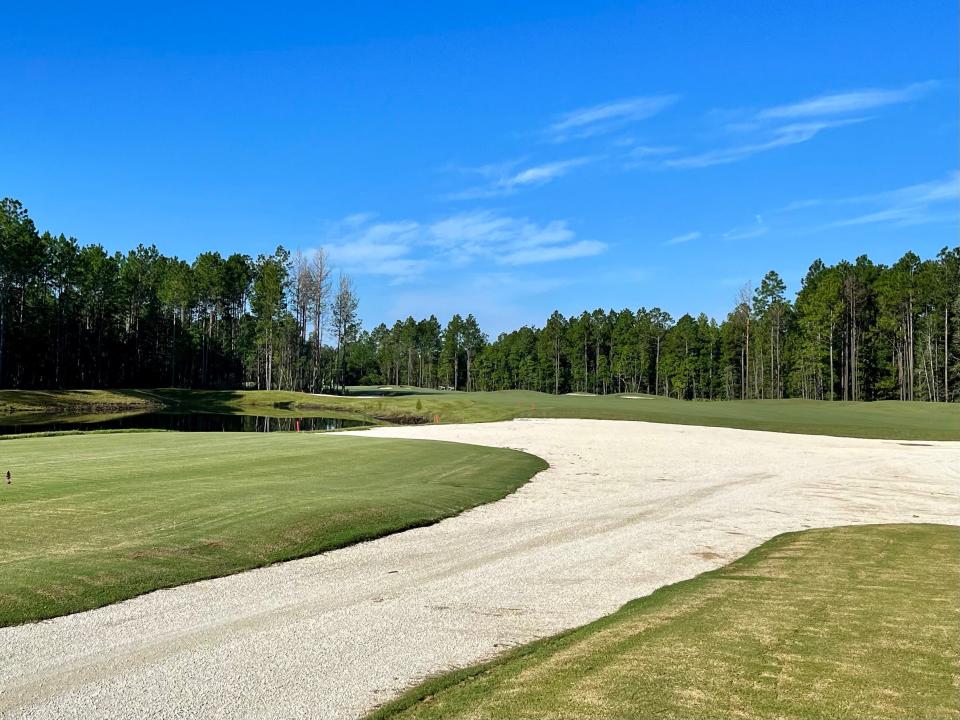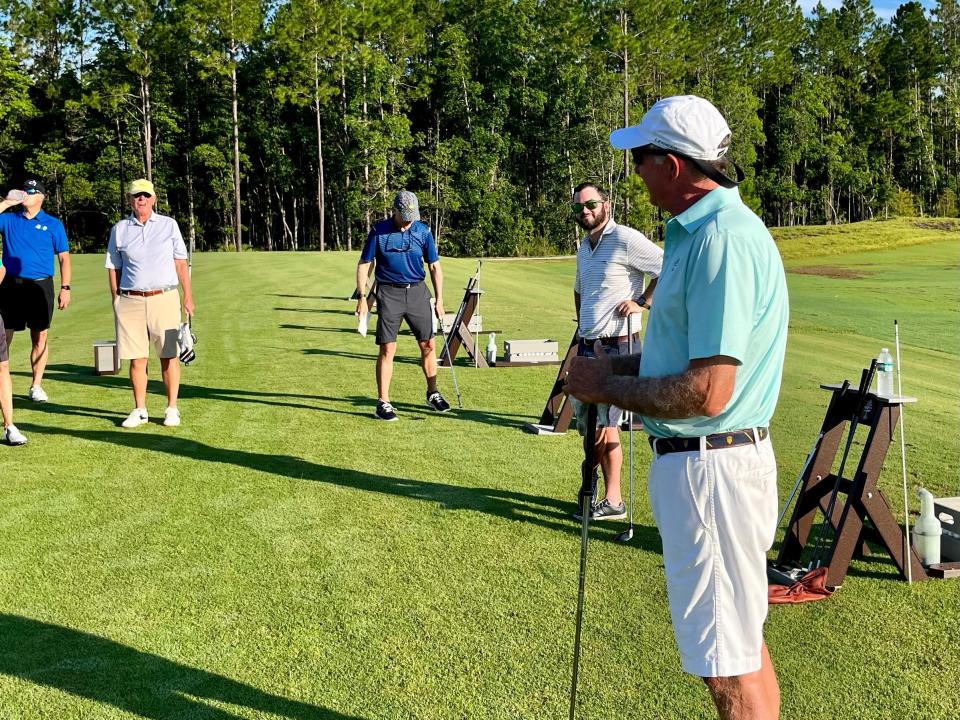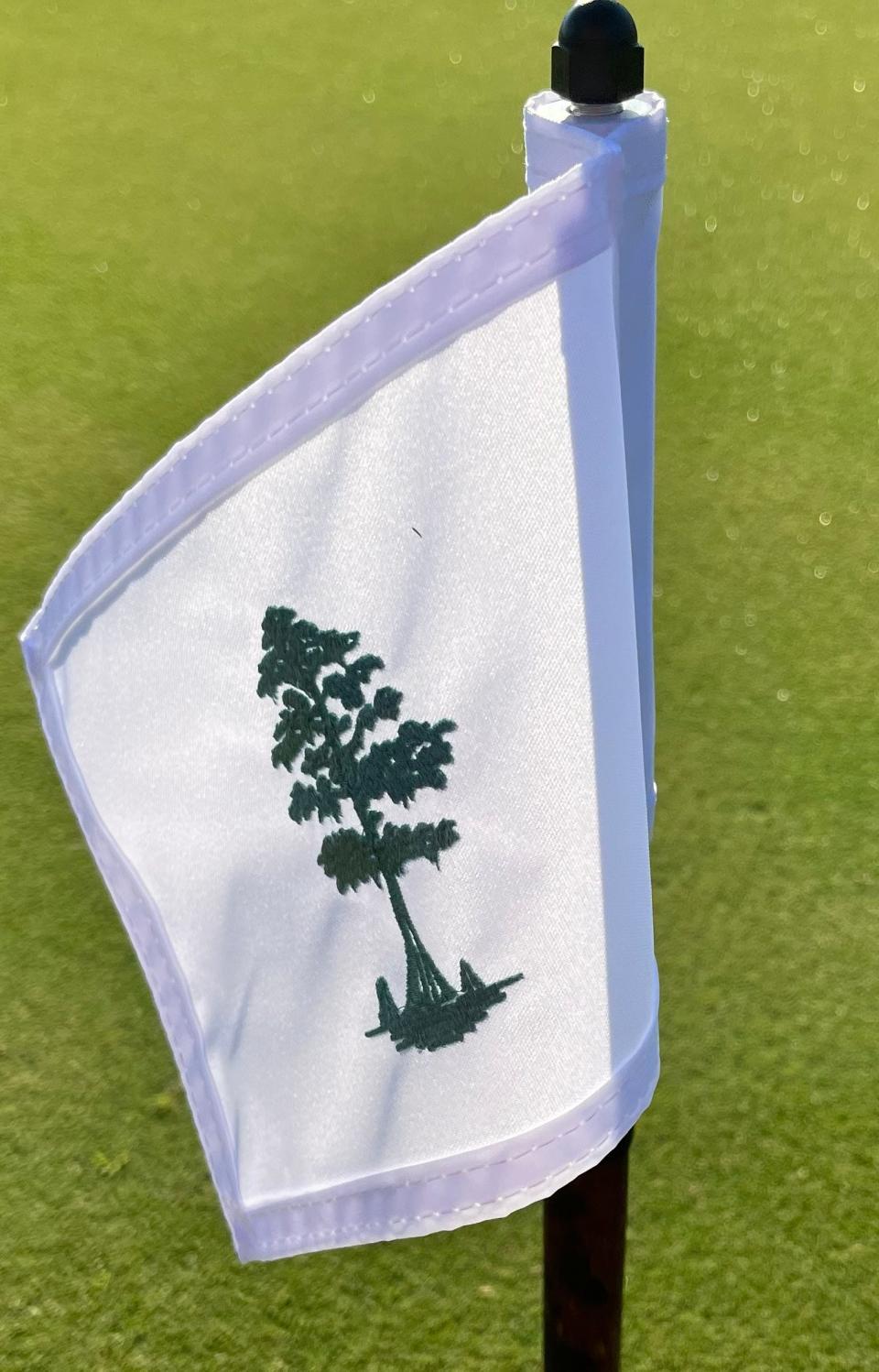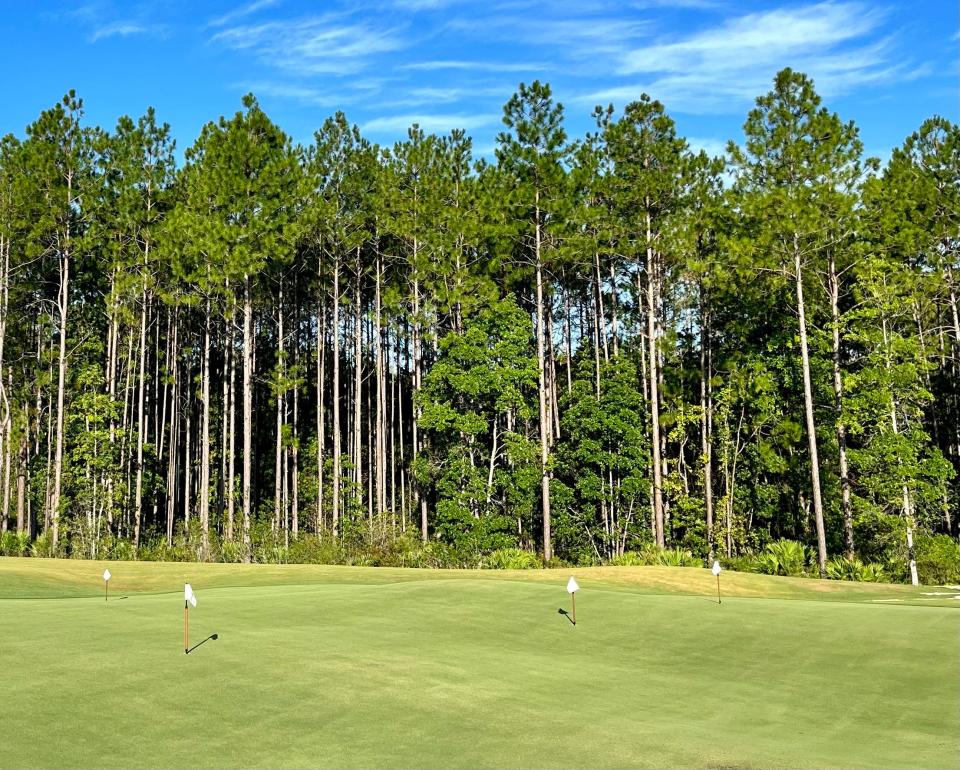Stillwater Golf Club first new course to open on First Coast in nearly two decades

Stillwater has officially arrived on the First Coast golf market.
The Bobby Weed design, the central amenity to Lennar’s Stillwater retirement community off State Road 210 in Northern St. Johns County, has been open to residents in the first phase of construction and in mid-September will be open to the public for an undetermined period of time.
That window will depend on how fast homesites within the other phases at Stillwater are sold. Once it reaches a certain percentage, the course will be made private.
Short course is long on fun: Par-3 course Little Sandy opens at the Omni Amelia Resort
Closed but not forgotten: First Coast golf history loaded with courses from bygone eras
In other words, the opportunity to play the first new 18-hole design on the First Coast since Palencia was opened in 2002 is now. All 57 home sites in the first phase are sold and 25 homes remain in the second phase.
“The market has adjusted from the seller’s market that it was a while back but it’s still strong,” said Gareth Seago, director of sales for Lennar.
Seago anticipates sales for the remaining homesites, which will eventually will total 549, will pick up now that the golf course is open.
“100 percent,” he said. “People have been waiting and waiting for the course to open and the wait’s over. We’re anticipating a big traffic increase. We’ve got the homes and we’re ready to go.”
Home prices are starting in the mid-$300,000 range.
Ironically, the same management company that operates the last 18-hole course to open on the First Coast will operate Stillwater, Hampton Golf.
“It’s an incredibly beautiful course and I think Bobby Weed is an artist,” said Hampton Golf president M.G. Orender. “Bobby is very visual and he did some very interesting things there.”
Weed, who designed or co-designed the TPC Sawgrass Dye’s Valley, Slammer & Squire and Golf Club of Fleming Island, said every project is unique.
But Stillwater proved to be especially so, considering protected wetlands and the charge to design a course for a retirement community that was playable to that demographic – yet still could be a firm test to better players.
“They’re all a challenge,” he said. “We had to work around a lot of the wetlands, we had to move a good bit of dirt to build up the development pads and the golf course took quite a bit of material as well. But it was nothing we couldn’t take care of and we had a great client, and it always starts with a great client.”
Baker Construction handled the earthwork, site and land development and MacCurrach Golf did the course construction.
Here’s what makes Stillwater different:
Environmental impact
Stillwater winds through an area of native wetlands and cypress, pine and oak trees, but has only 70 acres of irrigated turf. It uses reclaimed effluent water as its main source of irrigation and has drastically cut down on the maintenance and cost for its bunkers by using repurposed artificial sod from British soccer fields for the front walls.

Rather than using railroad ties as bulkheads for water hazards, planks of treated lumber that angle from the playing area to the water, called “laydown walls,” are utilized.
Further cutting maintenance costs are crushed-shell cart paths. More visual contrast from the fairways and greens will be native areas planted with Centipede grass, which has a red tinge. The banks of water hazards will be planted with Bahia grass.
Strategy
Stillwater has wide fairways and large big greens that have subtle undulations that players may not see until they walk on the putting surfaces.
But the greens don’t elevate above the fairways, enabling players to putt from off the green or play a variety of bump-and-run shots.
The bunkers are filled with “G-Angle” sand. The particles are angled, which cuts down on drifting under windy conditions and also tends to result in fewer plugged or “fried egg” lies.
Weed said players can hit driver on almost any hole, depending on the tees used.
Time
Stillwater has 3-, 6-, 9- and 12-hole loops, with each ending in close proximity to the clubhouse (which will be ready next year). Players will have the option of spending an hour or four hours on the golf course.

“Even in a retirement community, time is a valuable commodity,” Orender said. “You can go play a few holes after work, before lunch, whatever fits your schedule. Any developer who is building a golf course needs to keep that in mind. The most frequent reason people cite for not playing more golf is the time constraints of an 18-hole round. Stillwater gives people almost any option.”
And players don’t even need to play a round to have fun at Stillwater.
The 16-acre practice facility includes a huge “Himalayas” putting green and Toptracer technology in the hitting areas, where players can get immediate readouts on their distance and swing data, especially important when they receive instruction from the professional staff under general manager Michael Monahan, a former Palencia assistant.

The range will be lighted. The clubhouse will offer beverages and a full menu.
Golf initiation and membership fees will be included in the purchase price of homes and the Stillwater HOA fees will include green fees. The public price point will be in the $120 range, which can be lower or higher, depending on the day of the week and season.
For more information, visit stillwatergcc.com.
Contact Garry Smits at gsmits@gannett.com and follow him on Twitter @GSmitter
This article originally appeared on Florida Times-Union: Bobby Weed design at Stillwater is first new area course in 20 years.

